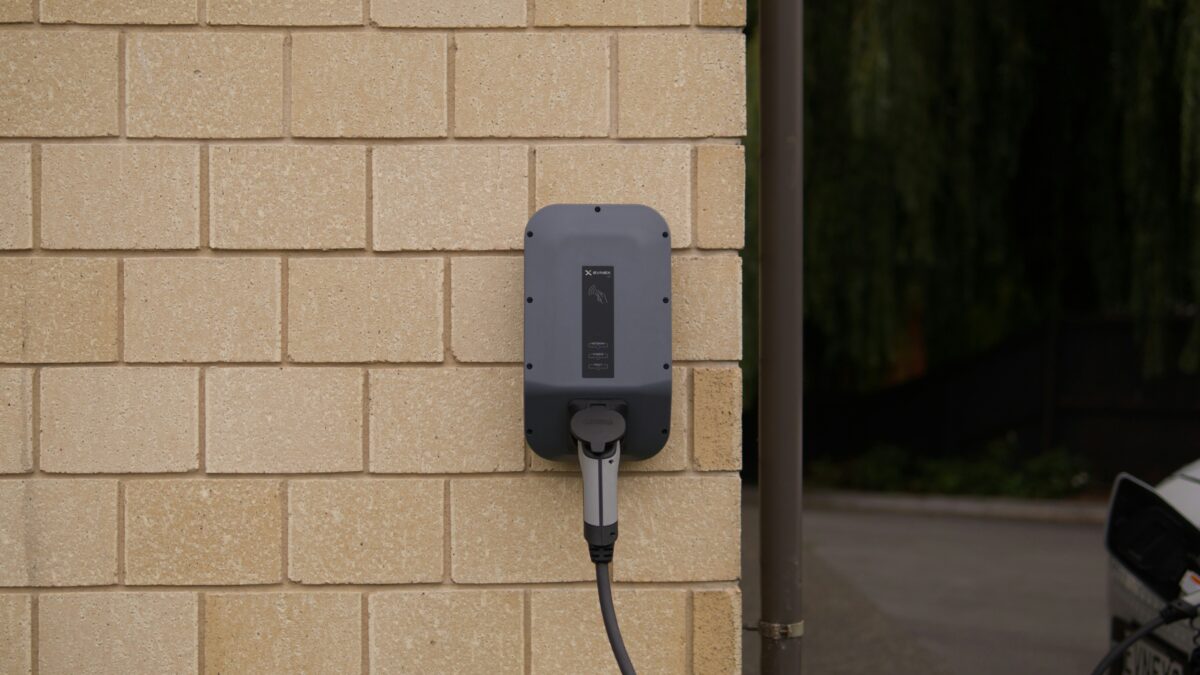How to Change Transmission Fluid in 4 Easy Steps
Recently we did a feature on one of the more commonly asked mechanical questions, When Should I Change My Transmission Fluid?. For drivers with older cars, these answers were exceptionally helpful, largely due to the fact that transmission fluid is vital to the longevity of your vehicle. Knowing the signs to look out for, which include unusual noises, trouble reversing, and dirty fluid, will also help drivers take immediate action when an issue arrises. That’s why in this guide, we’ll spend some time explaining how to change transmission fluid right from the comforts of your own garage.
Level of Difficulty: EASY
Tools & Materials: SOCKET WRENCH, FUNNEL, WHEEL CHOCKS, TRANSMISSION DRAIN PAN, CRESCENT WRENCH, CAR JACK, WHEEL RAMPS, SAFETY GOGGLES
Time: 30 MINUTES TO 1 HOUR
Before you get started…
It’s important to note that transmission fluid does not require as frequent attention as, let’s say, motor oil. Because of this, driver’s must reference their personal owner’s manual to determine the suggested amount of time. In general, automatic transmissions warrant new fluid every 60,000 to 100,000 miles. For manual transmissions, fluid should be changed at least every 30,000 to 60,000 miles. Ultimately, the correct interval is fixed on your vehicle’s specific instructions and the wear and tear over time.
How to change transmission fluid in 4 steps
Whether you’re experiencing some problems that signal transmission issues or you noticed it’s about time for a change, the first step you need to take is checking your existing transmission fluid. Pop open the hood and locate the red-handled dipstick to examine the quality of the fluid. If the fluid is discolored or dirty, you’re definitely in need of a switch. Additionally, if there is not enough fluid present on the dipstick, it may indicate a low levels.
Ready to get started? First you need to park your vehicle in a safe space, such as a driveway, garage, or covered area. Here, you’ll turn on the parking brake for improved safety.
Step 1: Elevate the vehicle with a car jack
Using a car jack, lift your vehicle so you can safely access the transmission fluid pan. Once the vehicle is suspended off the ground you can position the wheel chocks to ensure the vehicle stays in place.
Step 2: Drain the old transmission fluid
With the underside of your vehicle in clear view, you can easily locate the wide, flat-shaped pan (typically found on the left or right side of the engine bay). Next you should check to see if a drain plug is present. If a plug is absent, you will need to remove the entire pan to proceed.
Removal with drain plug: Put protective gloves and safety goggles on. Grab the socket wrench or crescent wrench to loosen the plug. Begin draining the old transmission fluid into drain pan.
Removal of entire pan: Carefully unbolt one end of the transmission pan using a socket wrench or crescent wrench. Place the additional drain pan under this area to catch any draining fluid. Continue to loosen and remove the remaining bolts until the pan is completely drained. Inspect the pan to determine damage as well as the fluid filter.
Step 3: Check the fluid filter + replace the pan
Although it’s unlikely your filter will need replacement every time you change your transmission fluid, it’s a good idea to check the filter while you have the pan removed. Look for cracks or leaks that could impact your transmission system. If a filter replacement is unnecessary, the next step involves rescuing the pan. Simply line up the transmission fluid pan back in position and bolt into place.
Step 4: Refill with new transmission fluid
Lower the car jack so the vehicle is back on the ground. Open the hood and locate the red dipstick again to pour the new fluid directly into the port. Auto experts often recommend using a funnel to prevent spills on other engine parts at this stage. Once complete, turn on the vehicle and allow it to run for a few minutes. You can then check the transmission fluid again to ensure its at the right level.
What’s next? Discard the old transmission fluid at a recycling facility or local auto parts store that maintains a recycling program.

















As a woman not knowing anything about cars I love how detailed this was to learn myself!